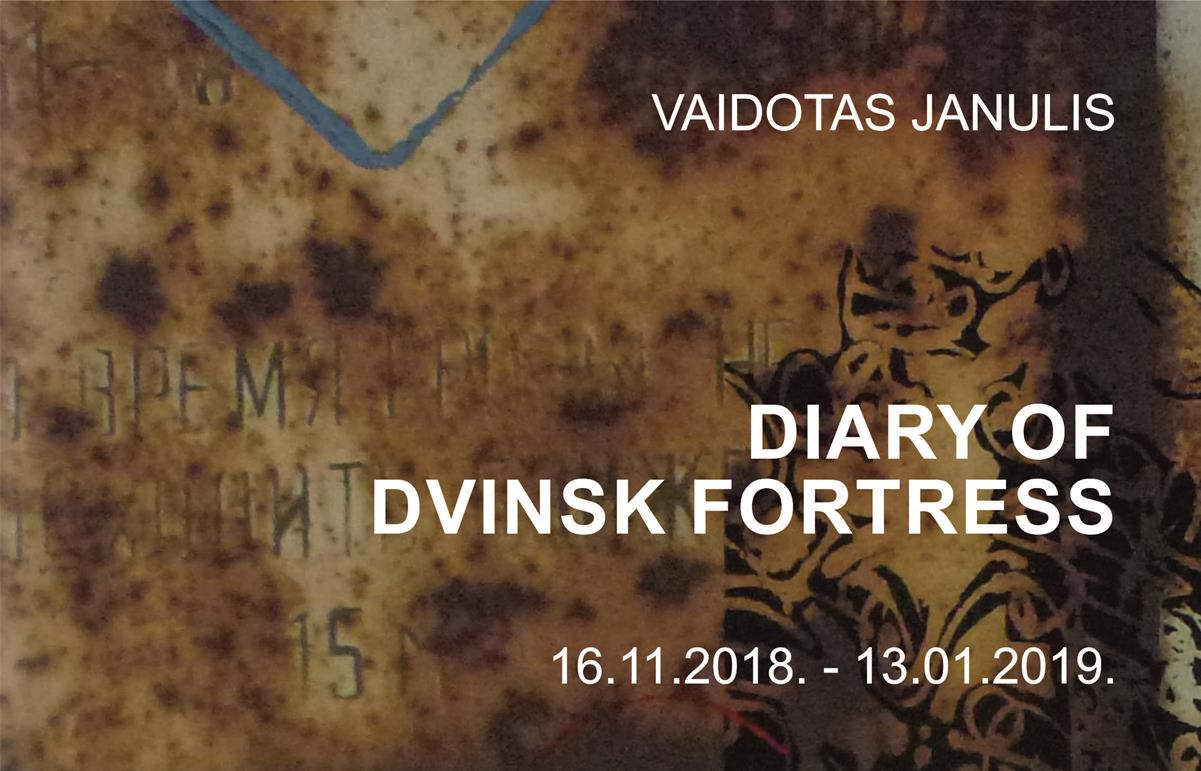DIARY OF DVINSK FORTRESS

During the years of visiting Mark Rothko Art Centre in Daugavpils, the surroundings and the mystery of the fortress have had an unconscious effect. Old architecture, especially the cultural layers that had formed over time, affect you through their multi-layered textures as if from the subtle depths of old frescoes. Everything smells like mature French cheese. When I feel this scent, it charms me by its texture. I cannot pass quietly through graffiti. Everything here compels me to take my camera and communicate with the surroundings through the whispers of graphics. This scent is captured while inhaling the smell of intercultural layers of old barracks and buildings.
The basis of this collection, which I call the Diary of Dvinsk (Daugavpils) Fortress, are multileveled, historically and culturally loaded subcultural layers of calligraphy, graffiti and textures. Professor Albertas Gurskas once stated that “calligraphy is an instrument for emotional expression of individuality”; according to Japanese poet and calligrapher Chanda Siuko, “A flower, expressing itself, unfolds an unusual scent. Calligraphy is a flower of a human soul”. In the Oriental culture, calligraphy is traditionally associated not only with the aesthetics of the font, but also with the statement of moral values. This cultural, patterned layer allows me to accept letters as signs, hieroglyphs, textures, graphic figures and further to articulate this plastic language. Walls, doors, windows of the fortress, a fluttering sound of bat wings, finally, the historical mould of the pavement create such a mood that a self-aggrandising citizen has decided to perpetuate himself with an unhandy, but, to his understanding, significant element of the epistolary genre, taken from his primer called “mentality”. This touch on the fortress walls made it possible to put this cycle in aesthetic clothing. Digital printing and serigraphy techniques allow us to write a diary, create a mood, freely interpret, see everyday objects in a new way and talk with them. It creates an opportunity to meet the bats from the fortress, mentioned by General Georgy Vasilyevich Pilenko. To find the trace left by an artillery shell, which put an end to something much like a full stop at the end of a sentence, but was by no means the last full stop in history…
Vaidotas Janulis







